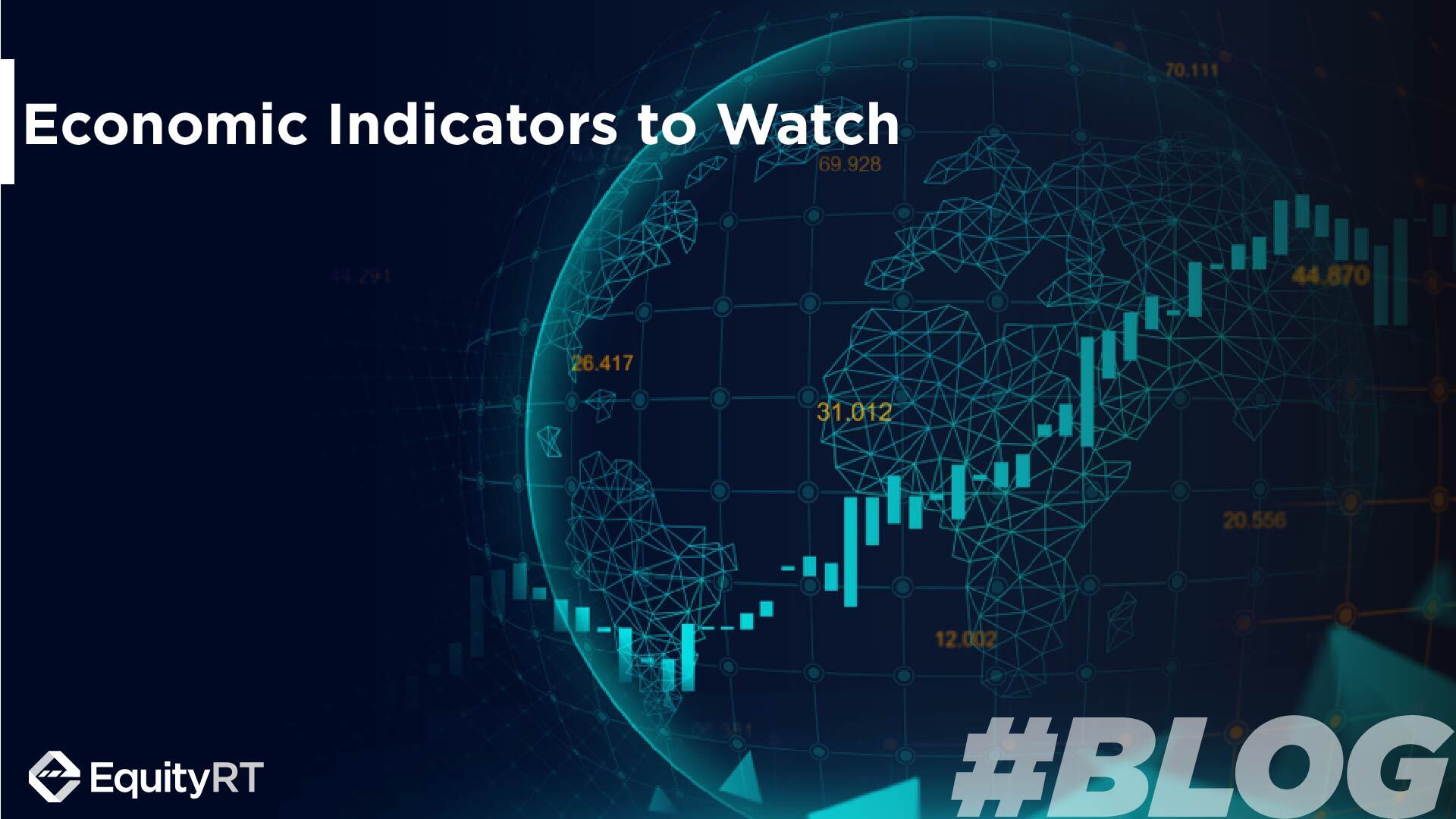Widely accepted economic indicators are statistics that provide signals to economists, financial analysts, investors, corporate leaders and policy makers about the overall state of the economic activity. They range from growth to labour market conditions, from fiscal policy to monetary policy indicators from oil to stock market indices.
Leading, coincident and lagging economic indicators
In general, the majority of economic indicators are grouped under three main categories depending on whether they look forward (leading), backward (lagging) or change in tandem with the economy (coincident).
All the information you need in one place. Add EquityRT to your toolkit for quality investment research.
What are leading economic indicators?
Leading economic indicators often change before the economy starts to move to a certain direction as a whole. Due to this, these indicators have the potential to anticipate the short-term direction of economic activity. Leading indicators have been widely in use as a primary tool of economic forecasting for many years.
Business cycle peaks and troughs are irregular in duration and severity. This makes fluctuations difficult to anticipate accurately, yet economic indicators can help detect the turning points. Shifts in leading indicators can provide the first signals to the business community to change their investment strategies, and to fiscal policy makers to put in place appropriate policy measures. Central banks also make use of the leading indicators to shape the monetary policy decisions.
The most frequently monitored individual leading indicators are the level of manufacturing activity, average weekly hours in manufacturing, new orders, consumer sentiments, money supply (M2), interest rate spread, building permits and stock prices. The performance of the stock market is generally considered as a predictive indicator even though it is not the most important one. The share prices tend to rally before overall economy goes up.
What are lagging economic indicators?
Contrary to leading indicators, lagging indicators show the historical performance of the economy and changes are identified only after the economic trend has realized. These indicators validate what the leading indicators might have anticipated was in fact happening. The most common lagging indicators are the changes in GDP, unemployment rate, consumer prices, income and wages.
What are coincident economic indicators?
Coincident indicators are those that change almost simultaneously with economy as a whole and thus reflect the current state of the economy. In general, coincident indicators are used in concurrence with other two indicator types to help build a broad understanding of where the economy has been and how it is expected to perform in the future.
Typical examples of coincident indicators are industrial production, retail sales and turnover.
It is worth noting that the definitions of these three indicator types are not always clear. Some indicators may be introduced into different categories depending on the context and the method used.
Who follows these indicators?
Economists, research analysts, professional and non-professional investors, business managers, consultants, advisors and academicians, briefly those who are tasked with tracking, analysing and interpreting the economic environment are following the economic indicators.
Need to access global economic indicators through an easy to use and a cost effective platform?
The EquityRT MacroAnalytics consolidates the leading, lagging and coincident economic indicators on various economic topics for over 190 countries into a single web portal. In addition to historical data for many economic indicators, the coverage also includes daily exchange rates, bonds and commodity prices at no additional cost.
EquityRT Connect Excel Add-in simplifies the analysis and automation of this large data and is free to install for EquityRT clients.
To further improve productivity, meticulously designed Excel templates are available for those who need to track many indicators frequently. Start using these templates as they are or customize them for your own purposes.
Ozge Gurses, Macro Product Manager | EquityRT
